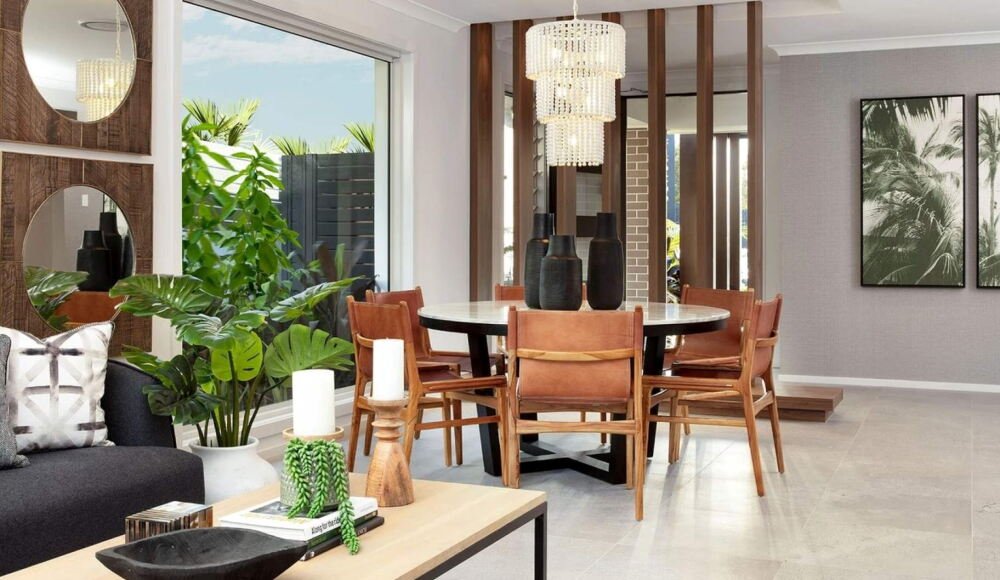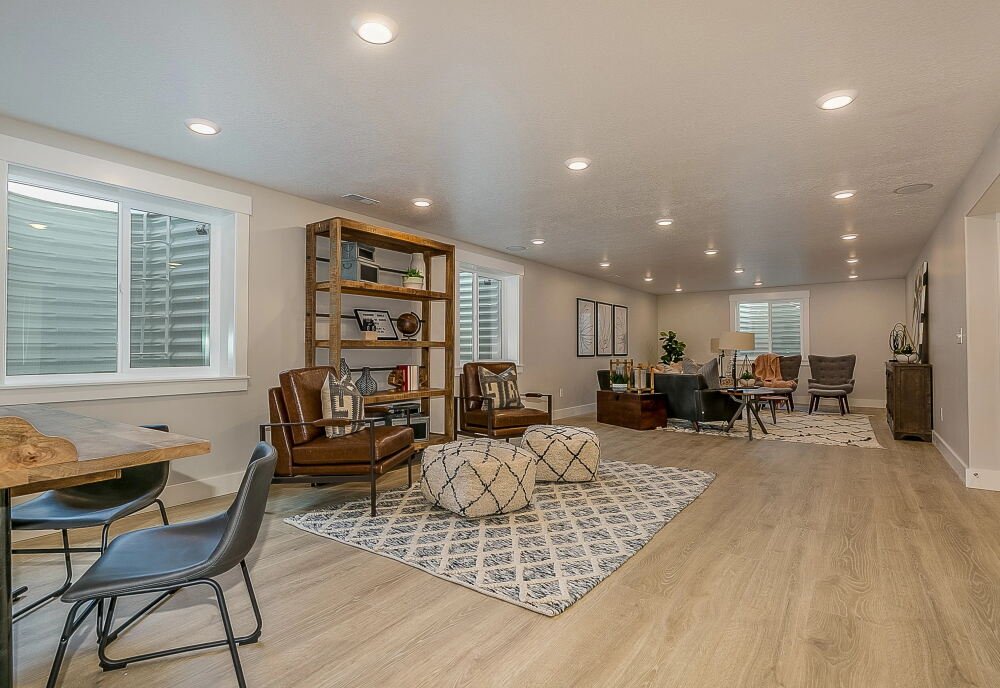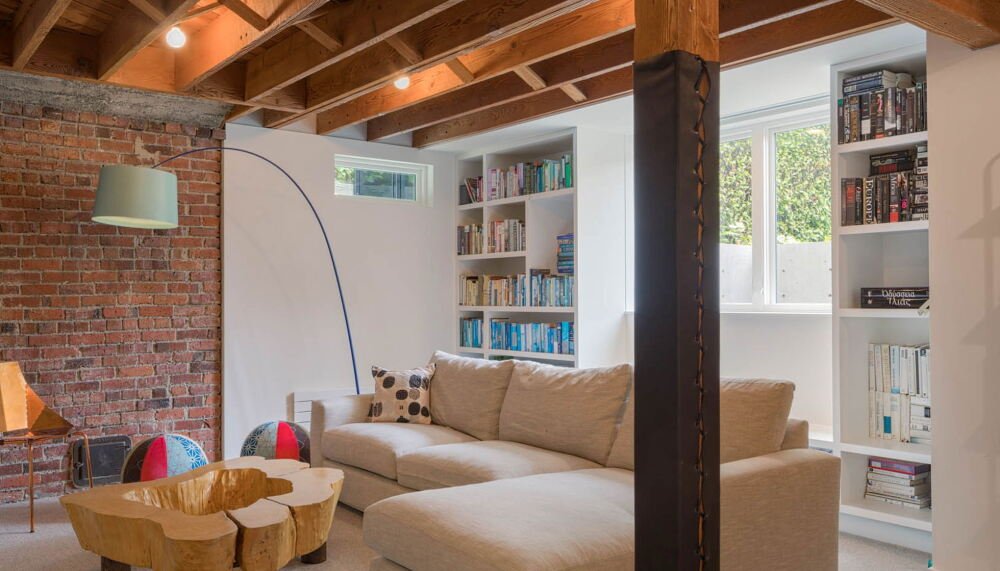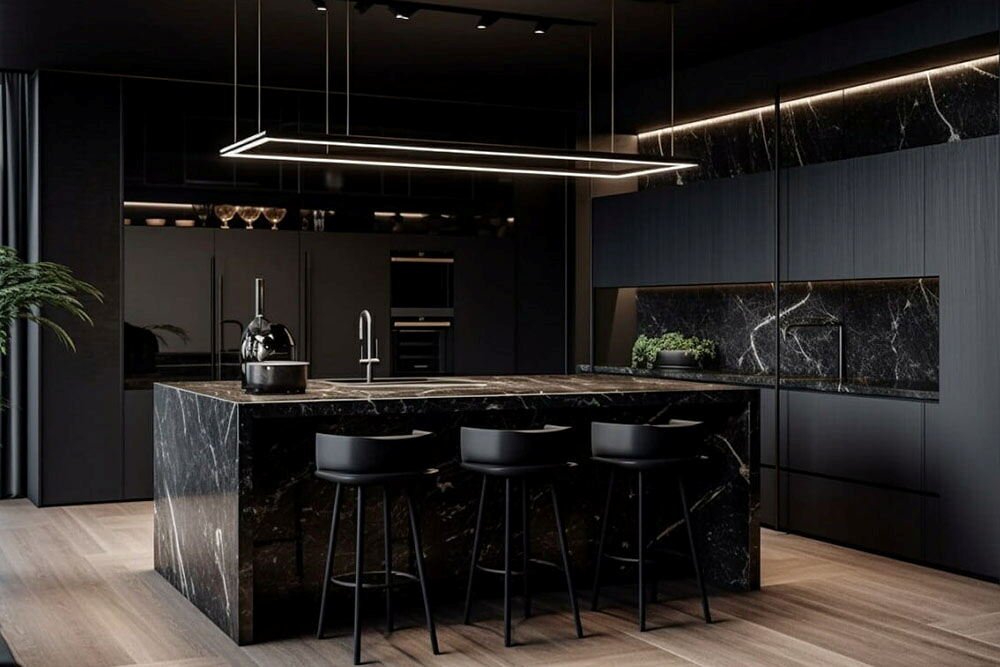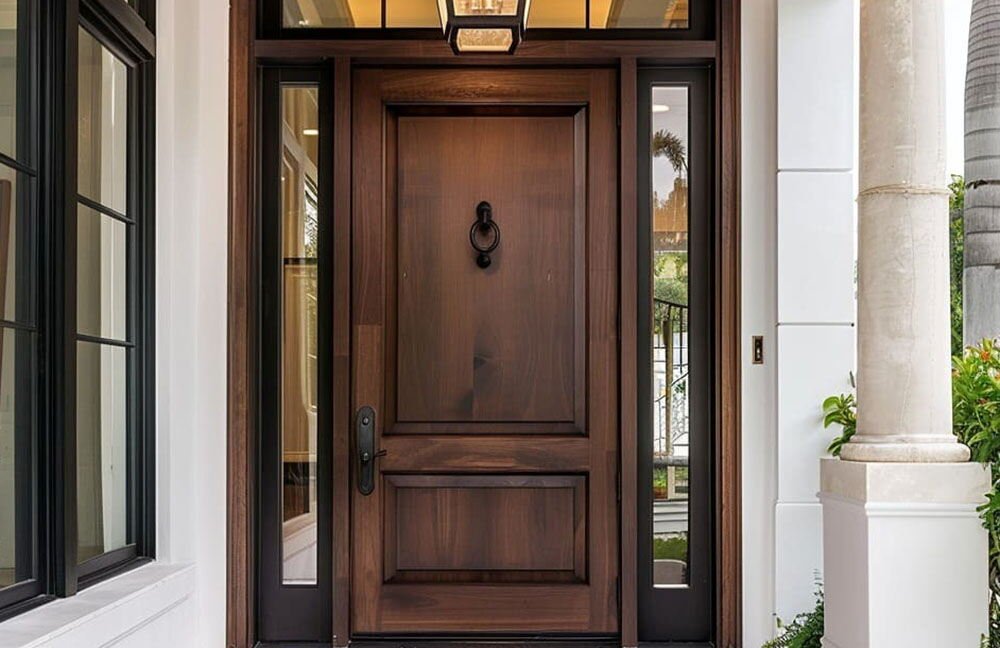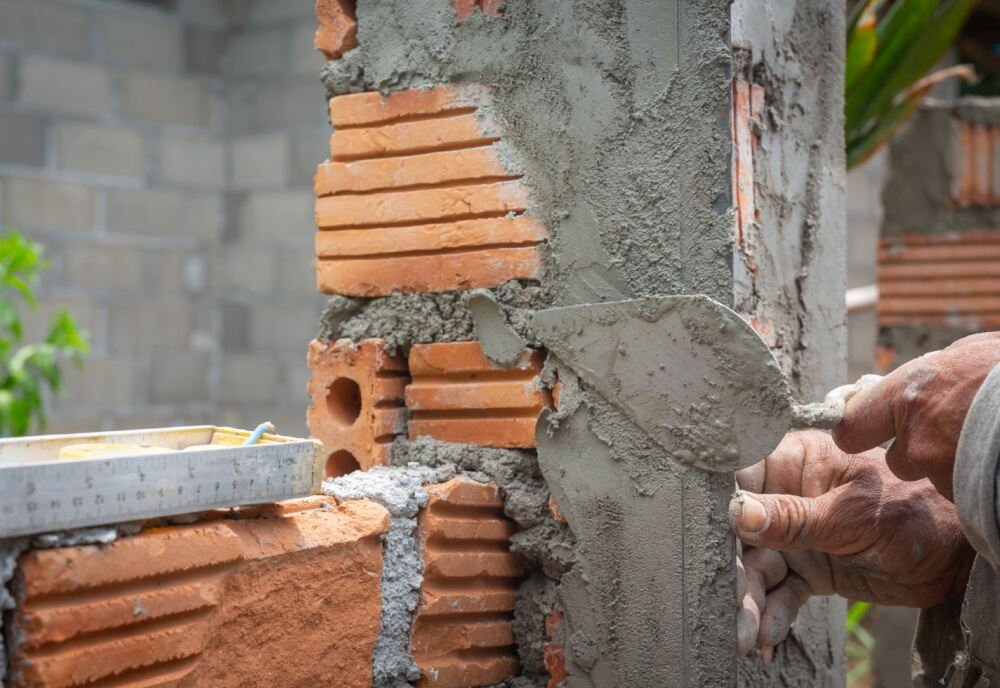Interconnected cultures have enriched interior design, reflecting the richness and beauty of worldwide traditions. Imagine entering a home that transports you to Marrakech, Japan, or Mexico. This blend of diverse trends is altering interior spaces, allowing homeowners to express their taste and communicate significant cultural tales.
Understanding Cultural Influences in Interior Design
Interior design is no longer about just creating aesthetically pleasing spaces—it’s about curating experiences. Cultural influences have played an integral role in this evolution, as homeowners seek to blend traditional designs with modern functionality. Each culture brings its own stories, materials, and traditions to the table, offering a treasure trove of design inspiration. Whether it’s the minimalist Scandinavian aesthetic, the warmth of Moroccan textiles, or the elegance of Japanese interiors, each cultural tradition contributes its own unique character to home décor.
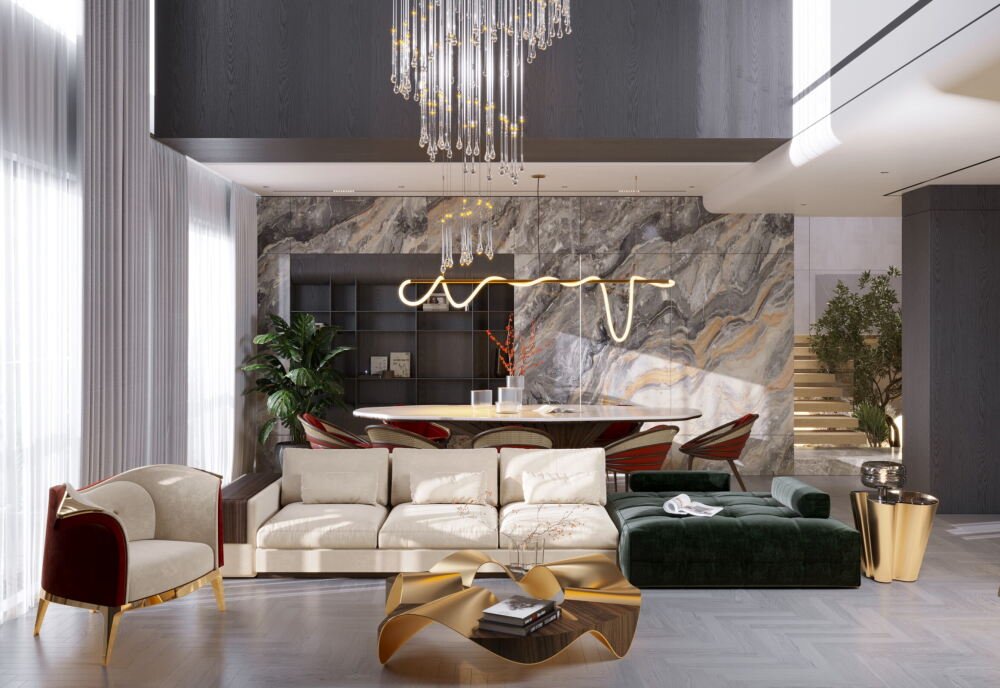
The Power of Cultural Stories
Every culture is a repository of narratives that have evolved over centuries, shaping the way we live and the spaces we inhabit. Take, for example, the Scandinavian design philosophy, which prioritizes simplicity, functionality, and a connection to nature. Its light color palette, clean lines, and clutter-free spaces are designed to promote a calm, ordered lifestyle. In contrast, Moroccan interiors are often characterized by bold patterns, intricate tilework, and vibrant colors. The cultural significance of these designs isn’t just aesthetic; they are a reflection of the warmth, hospitality, and energy of Moroccan society.
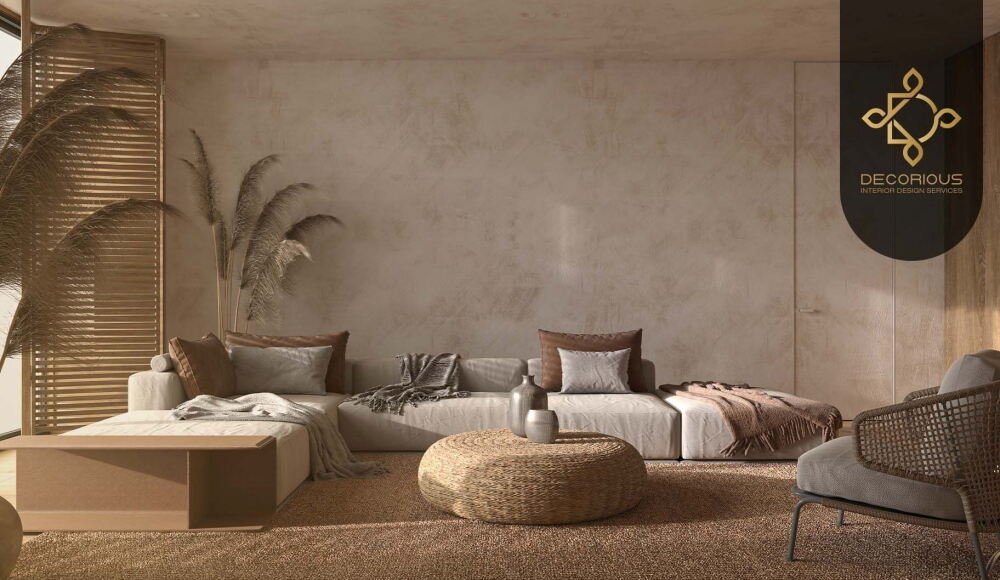
Exploring Global Aesthetics
Global aesthetics looks great because of its variety. Japanese interiors, which emphasise harmony and nature, are popular in minimalist design. Clean lines, natural materials, and neutral tones create calm and harmony in this design. Mediterranean-inspired décor, influenced by Greece, Italy, and Spain, uses warm, earthy tones and rustic accents to convey a seaside lifestyle. Earthy textures, handmade objects, and bright patterns link African homes to nature. Indian décor creates vibrant environments with its colourful fabrics, beautiful sculptures, and rich patterns.
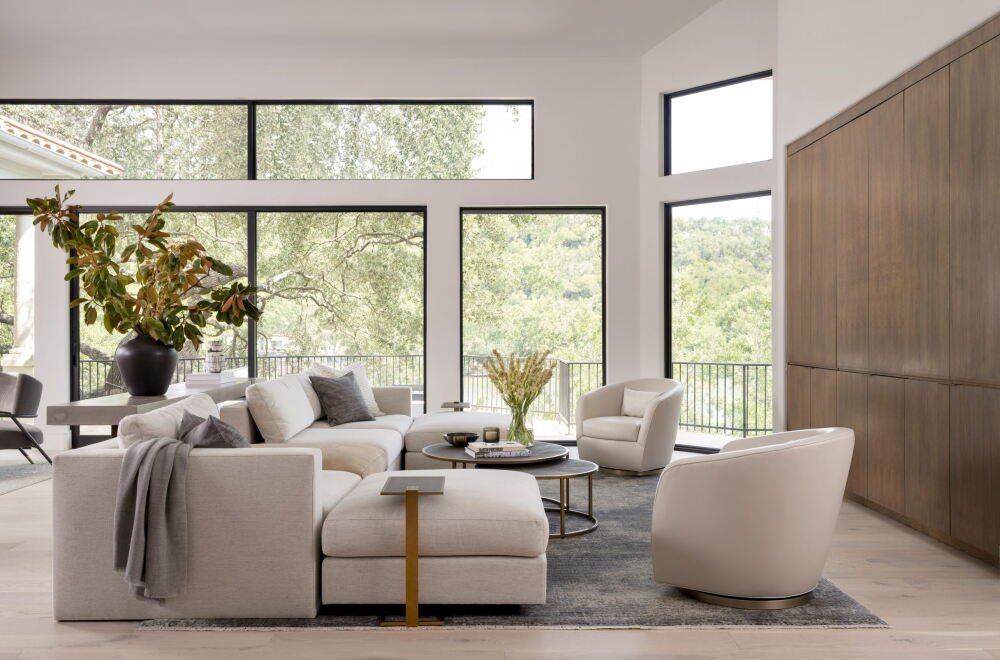
Blending Cultures Seamlessly
One of the most exciting aspects of global-inspired interior design is the ability to mix and match different cultural elements. The key to successfully blending cultures is ensuring harmony between the diverse elements. A Japanese futon can sit alongside a Moroccan rug, and a Scandinavian dining set can be paired with Mediterranean pottery. The trick is to create balance and cohesion while celebrating each culture’s uniqueness. The beauty of this approach is that it allows you to express your personality through design, creating a space that feels truly your own.
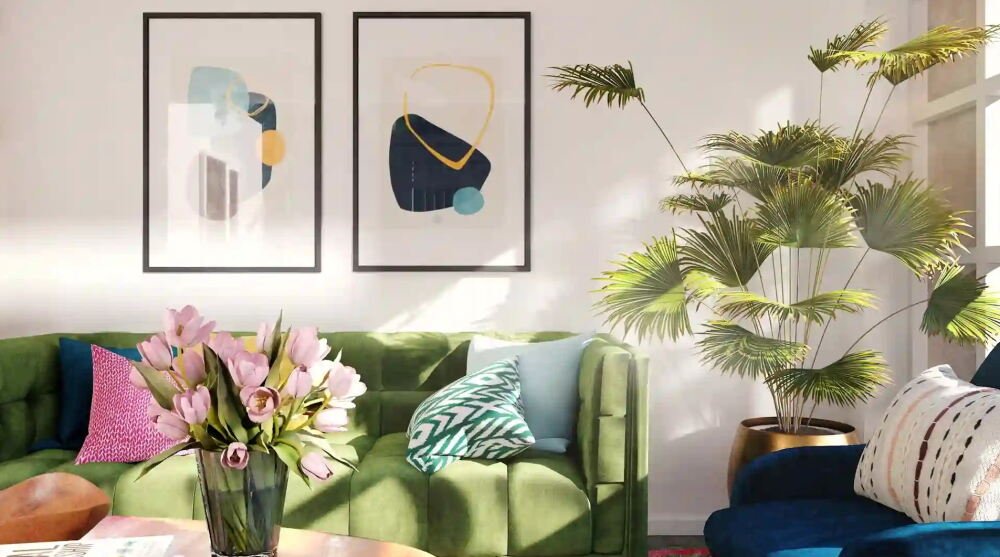
The Impact of Technology on Design
Technology has played a pivotal role in how we connect with different cultures. With the rise of social media and global platforms like Pinterest and Instagram, homeowners and designers are exposed to a wealth of design ideas from across the world. This has made it easier than ever to discover new cultural influences and incorporate them into your home. Whether you’re inspired by the intricate patterns of Persian rugs or the minimalist elegance of Scandinavian interiors, technology has brought global design into the palm of your hand, making cultural integration more accessible.
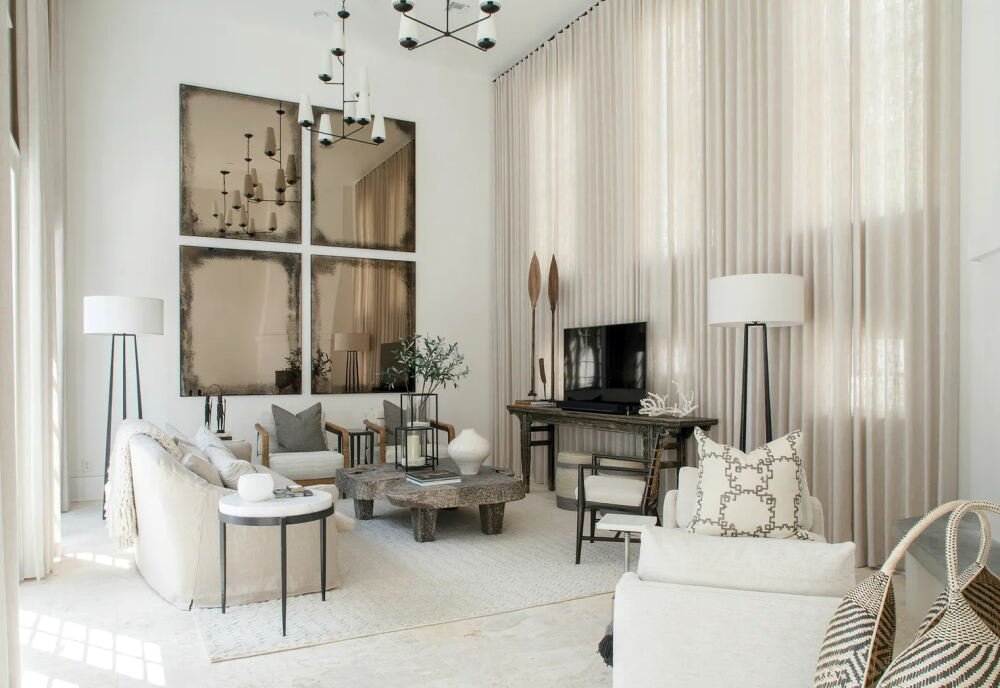
Sustainable Design and Ethical Sourcing
As global awareness of environmental and social issues grows, sustainable design practices have become increasingly important. Many homeowners now seek to integrate cultural aesthetics that also prioritize ethical sourcing and sustainability. Artisans from around the world produce handcrafted, eco-friendly décor that reflects traditional techniques, yet embraces modern values. Incorporating these items into your home not only elevates its aesthetic but also contributes to the preservation of cultural heritage and supports fair-trade initiatives that empower communities worldwide.
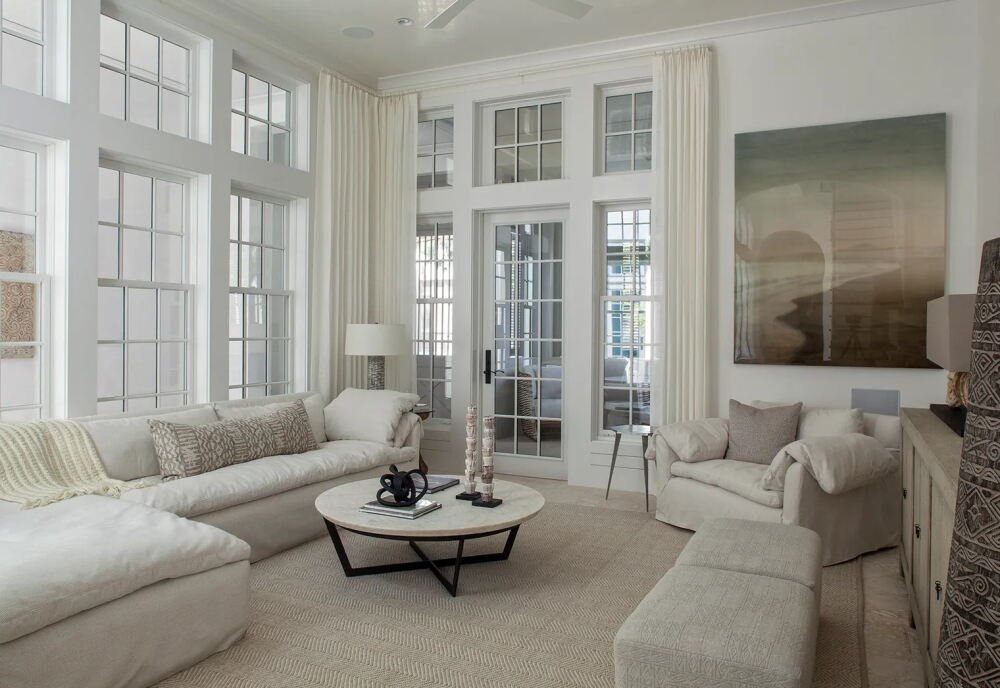
Curating Your Space with Cultural Sensitivity
Integrating cultural influences into home design is thrilling, but it requires respect and care. Understanding the cultural significance of your home’s design features ensures you honour them. A Moroccan light adds warmth, but its cultural importance should be respected, just as an African artefact has more than simply decorative value. Selecting cultural aspects requires research to ensure respect and intention.
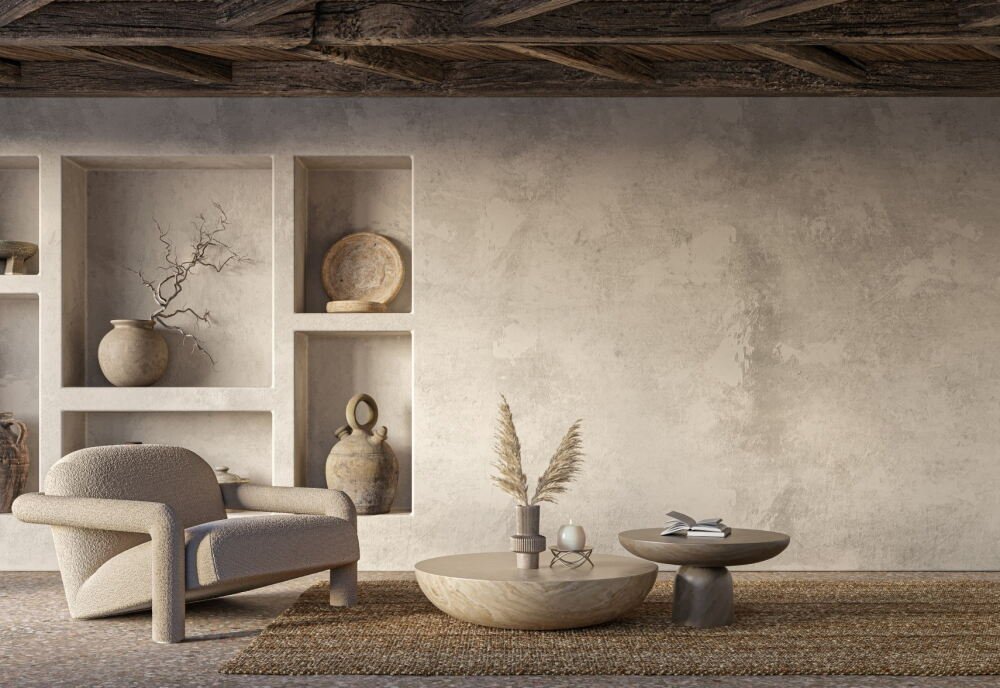
Designing with Purpose
Cultural integration isn’t just about throwing together diverse design elements; it’s about creating a cohesive narrative. Start with a vision and purpose for your space. Whether you want to evoke calmness, energy, or warmth, every cultural piece should serve that purpose. By thoughtfully blending elements from different parts of the world, you can craft a space that tells a story of exploration, celebration, and connection.
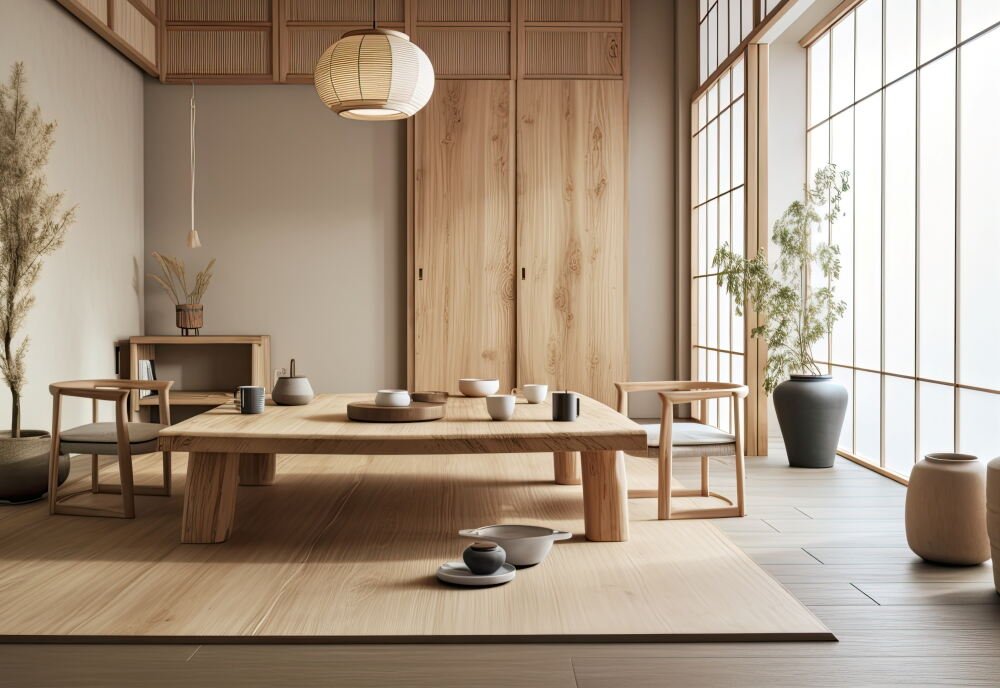
Mixing Bold and Subtle Elements
Knowing whether to be strong and when to be subtle is one of the most intriguing problems of global aesthetics. Bright colours, elaborate patterns, and rich textures are common in cultural art. Balance dramatic pieces with neutral tones or minimalist furnishings to reduce clutter. A modest Scandinavian sofa with a vividly coloured Indian tapestry may make a statement, while rustic Mediterranean ceramics can accent a contemporary dining table.
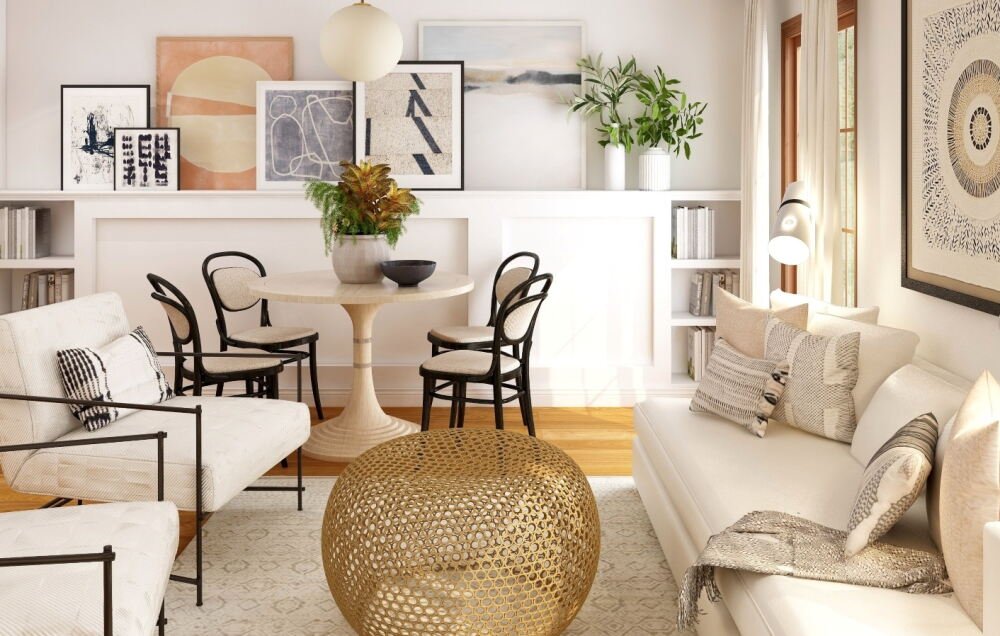
Future Trends in Cultural Integration
The future of interior design promises even more creative ways to integrate cultural influences. As design continues to evolve, we will likely see more experimentation with unconventional accents from unexpected places. With global travel becoming more accessible, homeowners and designers are becoming increasingly inspired by lesser-known cultures, creating spaces that tell rich, multifaceted stories. Additionally, as environmental and social consciousness continues to grow, the demand for sustainable and ethically sourced décor will rise, furthering the integration of global aesthetics into modern design.
Frequently Asked Questions
What is cultural interior design?
Cultural interior design combines elements from different cultures to create a unique, personalized space. It blends materials, colors, and traditions from around the world.
How do I mix cultural design elements?
To mix cultures, balance bold and subtle pieces. Stick to a cohesive color palette and ensure harmony between elements.
Can I incorporate multiple cultural influences in one room?
Yes, combining cultural elements from different regions can be effective. Just ensure they complement each other to avoid visual clutter.
How do I respect cultural traditions in interior design?
Do thorough research on the origins of the design elements you choose. Understanding their meaning and significance will help you integrate them thoughtfully.


